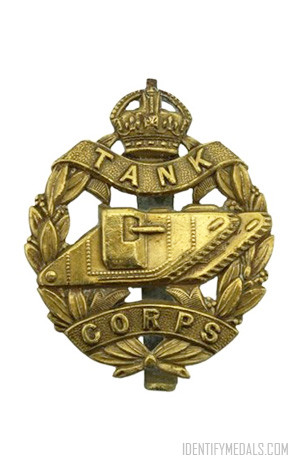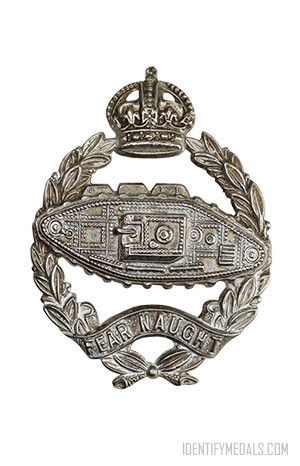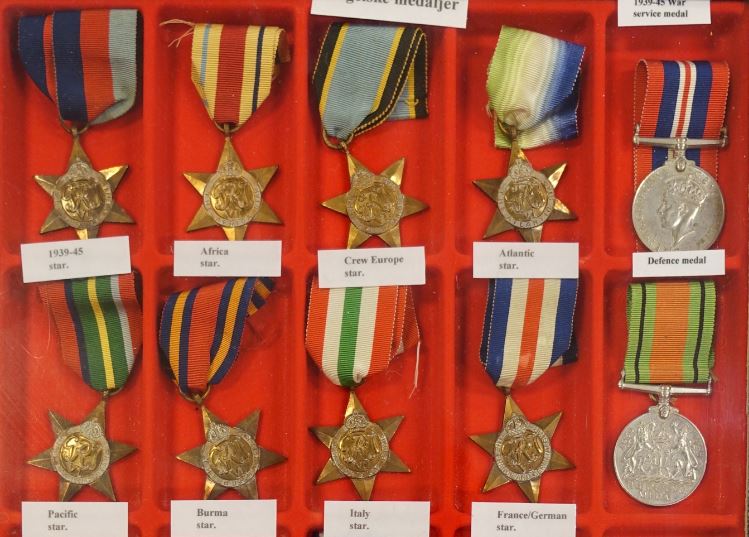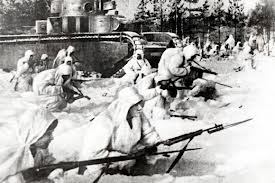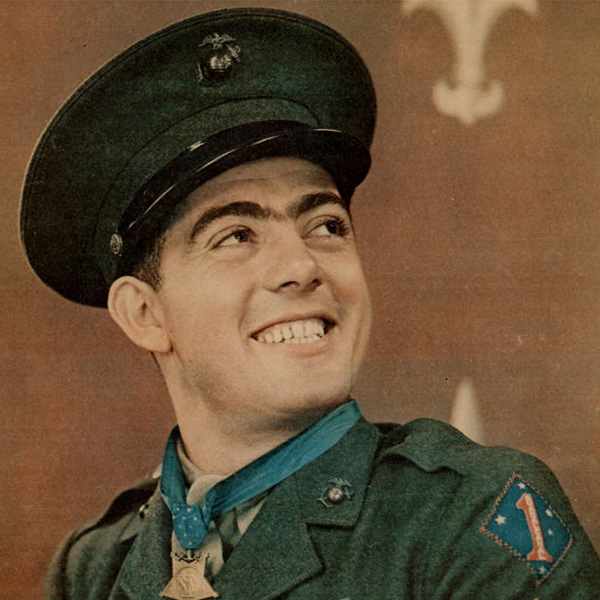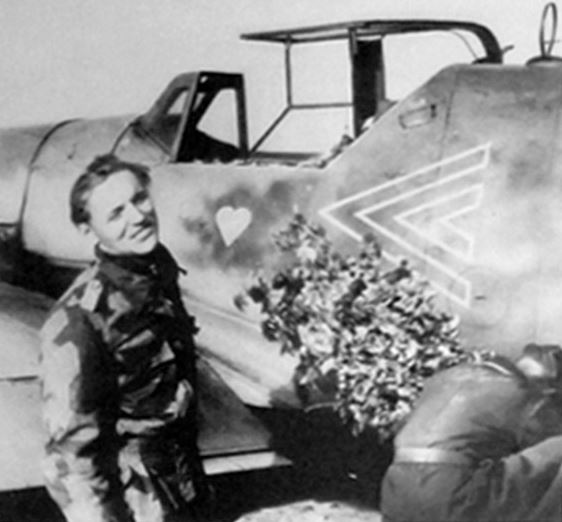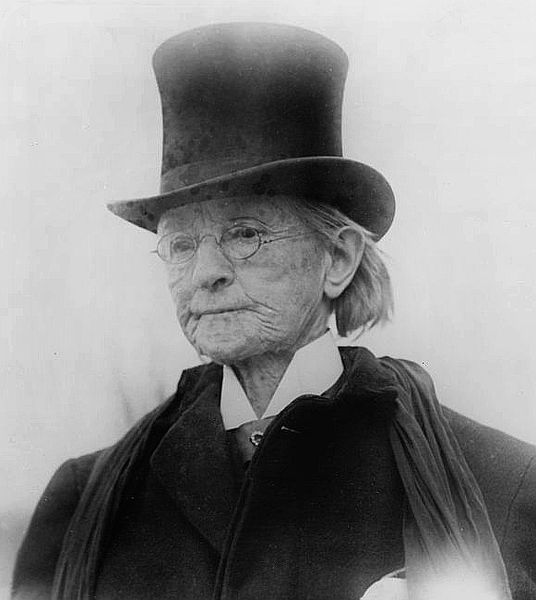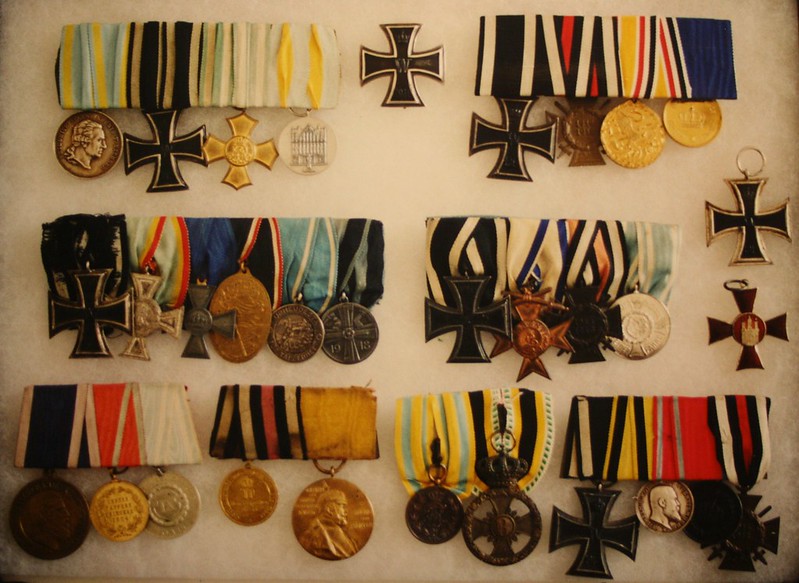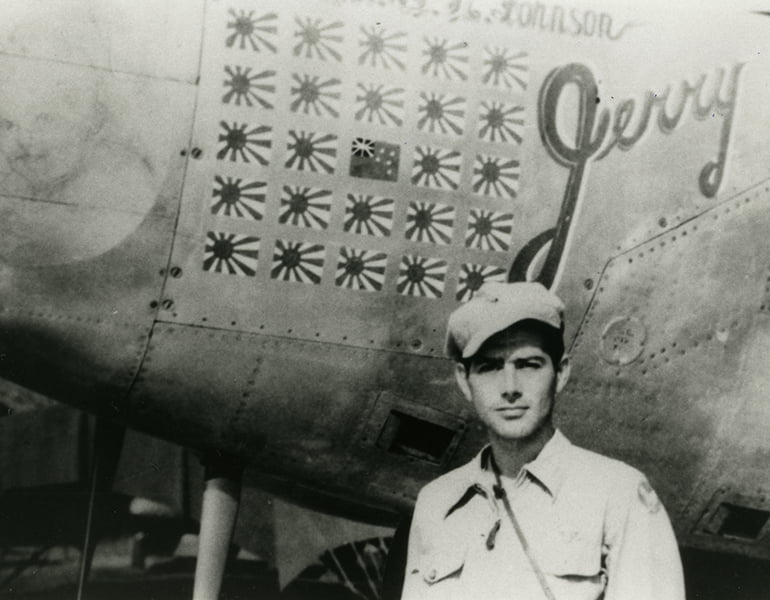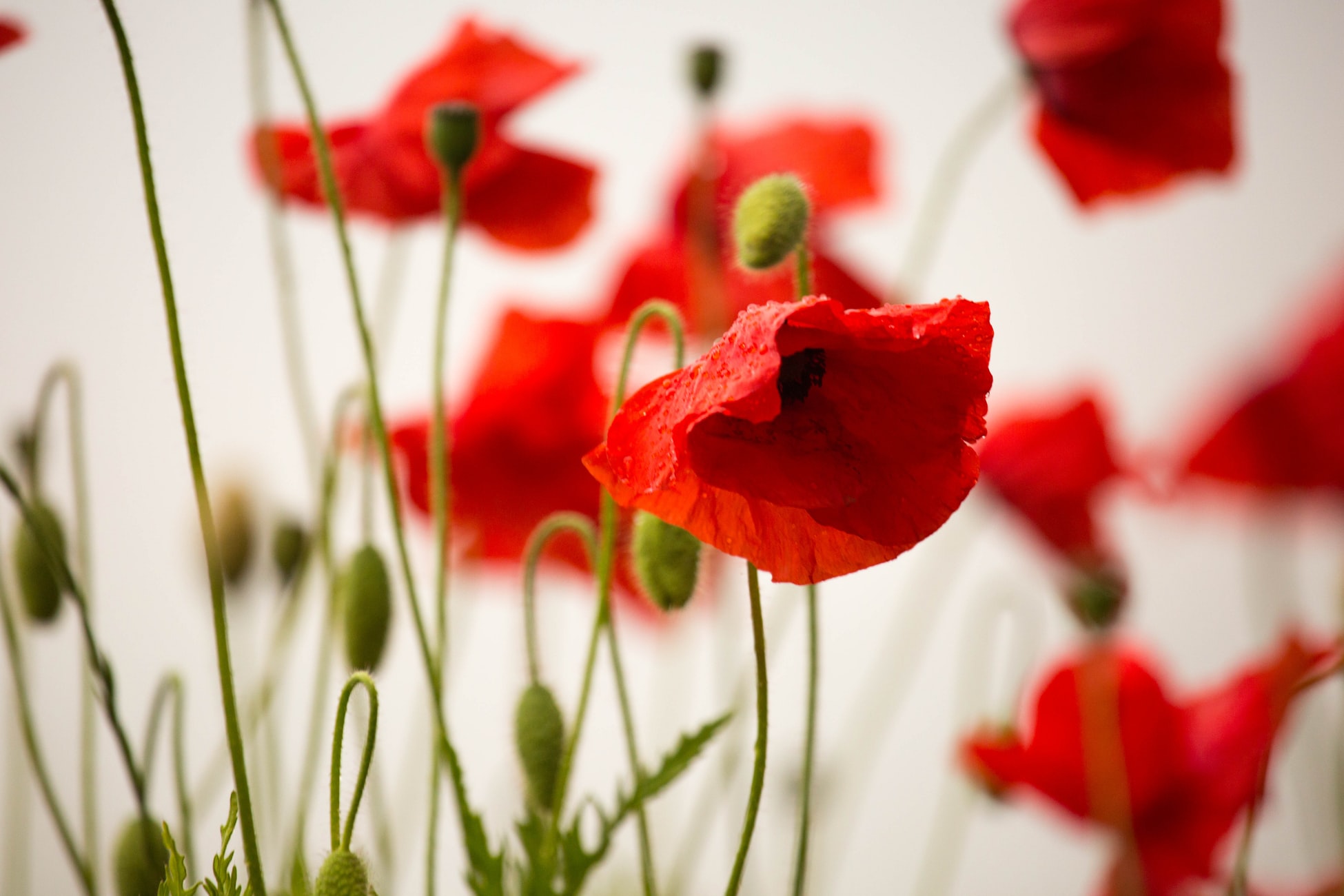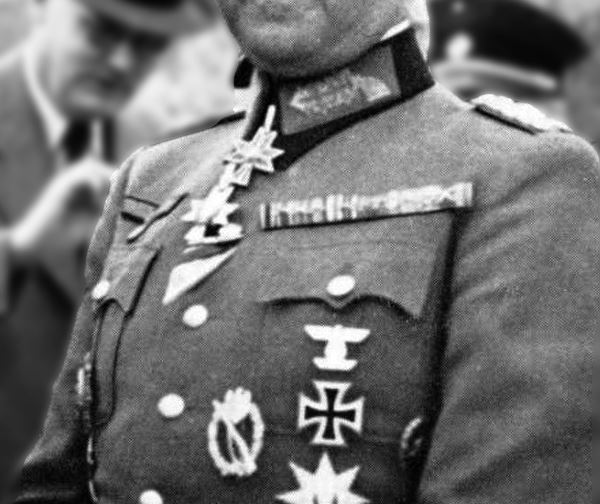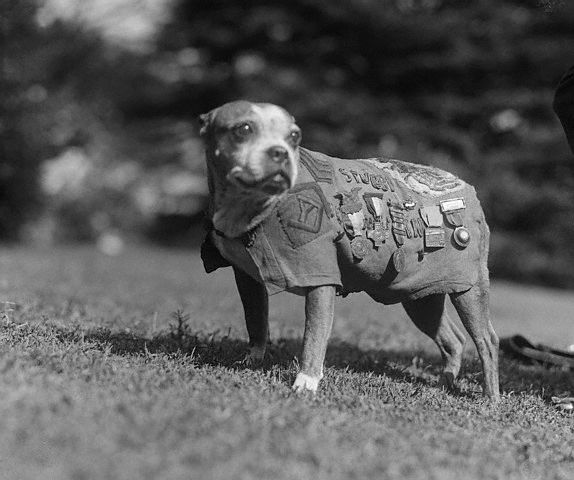The Tank Corps was created in 1917 from the Heavy Branch Machine Gun Corps and received its “Royal” prefix in 1923. In 1939 it became the Royal Tank Regiment. In this article we will go through the history of the Tank Corps, their participation during The Great War and thr Second World War, and the medals that their members were awarded.
The Formation of the Tank Corps
The birth of the Royal Tank Regiment is directly linked to the invention of the tank itself. Tanks were used for the first time during the Battle of Flers-Courcelette (the Somme) in September 1916. Six companies constituted then the Heavy Section of the Machine Gun Corps (MGC). By November 2016, this number had increased to eight – each company expanded to form battalions named A to H, and by January 1918 seven more had been created (using the letters I to O, although it soon changed into numbered units).
In July 1917, the Heavy Branch was separated to form the Tank Corps. By December 1918, 25 battalions were equipped with tanks.
The Tank Corps First Commander: Hugh Elles
The first commander of the Tank Corps was Hugh Elles. Born in India in 1880, Huge Jamieson Elles was the younger son of Sir Edmon Alles, a British Army officer who had served in Egypt and India.
On the outbreak of WW1, Hugh Elles was posted to the 4th Division and sent to France. He served at Le Cateau, the Retreat to the Seine and the Battle of the Aisne. As part of the British Expeditionary Force, he took part in the Battle of Armentières. After being wounded during the 10th Brigade’s counterattack, on 25 April 1915, he was especially selected by General Sir William Robertson to liaise with troops at the front.
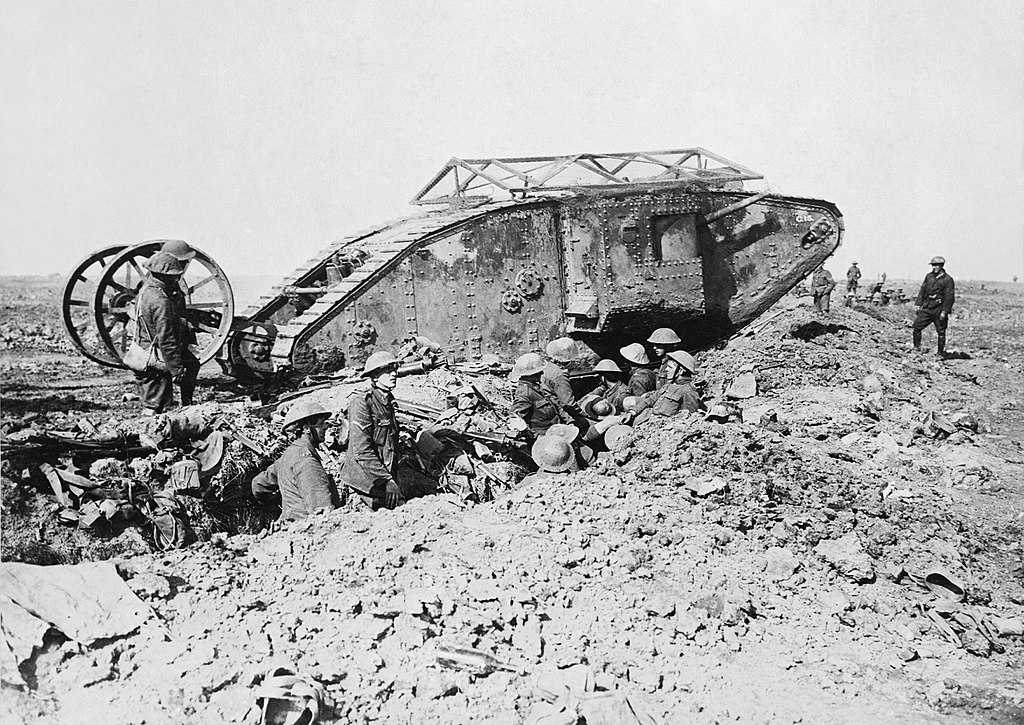
In January 1916, Elles was sent to investigate the first tanks that were being built in England. He was present during the first trials of “Mother”, a prototype tank with a mounted 6-pounder cannon and a Hotchkiss machine gun at each side.
Elles reported the success of the prototype back to Haig, and in the summer of 1916 he was tasked to inform from the Somme – the place where the tank was first used. Elles was promoted to the temporary rank of Colonel and appointed the head of the Heavy Branch of the Machine Gun Corps, the first tank unit.
Because the exceptionally wet ground conditions during the Battle of Passchendaele, Elles suggested to Haig they used the massed tanks at Cambrai. On 20 November 1917, Elles personally led 350 tanks in a Mark IV tank called “Hilda”.
Tanks in Action: The Battle of Cambrai and the Great War
The first tanks (or armored vehicles) had been created in the autumn of 1914, with the first experimental machine completed in December 1915. The “Mechanical Warfare Supply Department” of the Ministry of Munitions was in charge of supplying the machines.
The first tanks, Mark 1, were built in two types: “Male” (carrying two Hotchkiss 6-pounder guns and 4 machine guns) and “Female” (carrying 5 machineguns). Turning was a especially complex maneuver, requiring these “caterpillars” to halt – and making them an easy target.
Men driving these first WW1 tanks (usually a Subaltern, 3 Drivers and 4 Gunners) would often become sick due to the heat, noise, and engine exhaust. The tanks would make violent movements and were also mechanically unreliable. However, they still managed to surprise and alarm the German army – which quickly began to develop their own.
A significant improvement came with the Mark VIs, which had more armor, an external tank and carries fascines, or bundles of wood that could be dropped to bridge trenches and ditches. A lighter tank called Whippet came into service in early 1918. Although it lightly armored, it was an effective variant that had much better control mechanisms and required less crew.
There are several notable stories of tanks sent in action ahead of the infantry. The tanks had one big advantage: They could draw enemy fire. Although some had to be ditched or broke down, the surprise of the tanks helped the attacks.
Although several attempts were challenging due to mud and deep trenches and shell holes, on 20 November 1917, 378 Mark VI tanks smashed through the Hindenburg Line and created a temporary rupture that would have allowed a unique advantage (which, although wasn’t used, proved the strategic value of tanks).
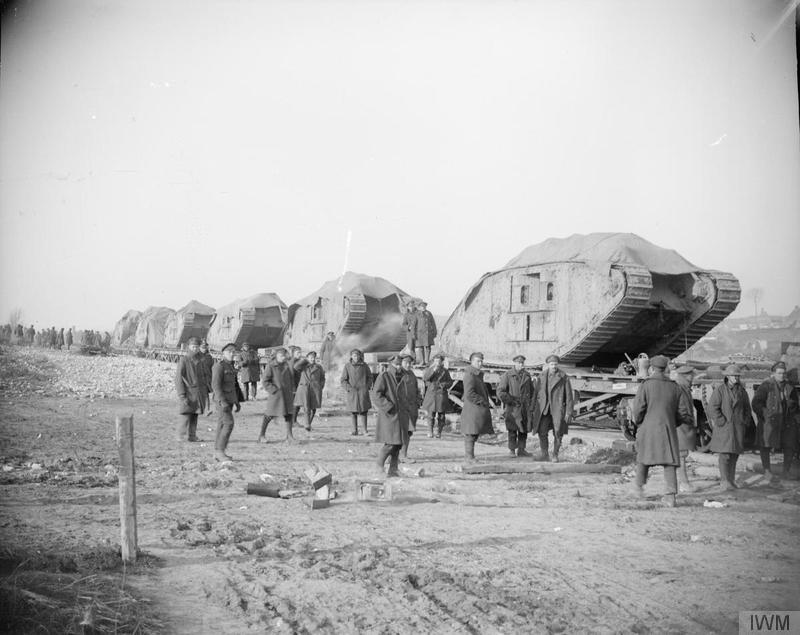
The Second World War and the Royal Tank Regiment
On April 1939, the Royal Tank Corps was renamed to the Royal Tank Regiment. At the outbreak of war, the regiment had 20 battalions (8 regular and 12 territorial). There were also four “hostilities only” battalions (9th, 10th1, 1th and 12th).
Numerous tanks took place in the battles of World War II. They were present during the Battle of Dunkirk, El Alamein, Italian Campaign, Burma Campaign and D-Day landings.
Medals and Badges of the Tank Corps and Royal Tank Regiment
There are two awards linked to the Tank Corps. These are the WW1 Royal Tank Corps cap badge, and the Royal Tank Regiment cap badge. You can click on the images below to find out more about the two.

